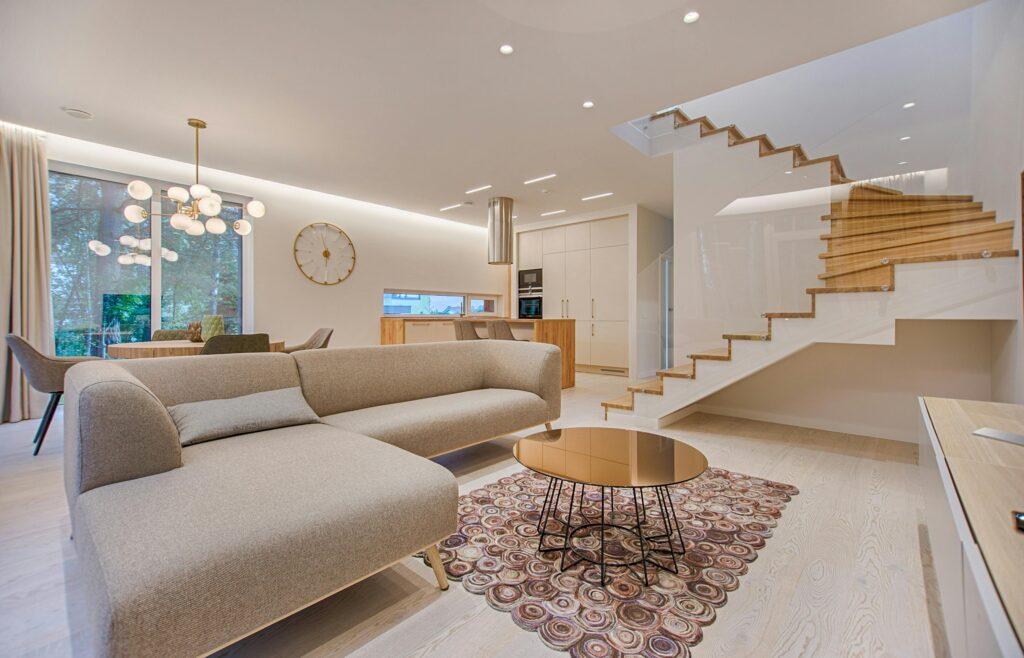Introduction:
Designing a home is more than just creating a beautiful space—it’s about crafting a functional and comfortable environment that reflects the homeowner’s lifestyle. Here are five key factors every architect should consider.
1. Location and Site Analysis
Understanding the site’s topography, climate, and surroundings is essential. Factors such as sunlight direction, wind patterns, and views influence the layout and orientation of the home.
2. Space Planning and Functionality
A well-designed home prioritizes functionality. Architects carefully plan room sizes, traffic flow, and storage solutions to maximize comfort and efficiency. Open-concept layouts are popular for creating spacious, airy interiors.
3. Material Selection
Choosing the right materials impacts both aesthetics and durability. Natural wood, stone, and sustainable materials enhance visual appeal, while high-quality insulation and weather-resistant finishes improve longevity.
4. Energy Efficiency
Energy-efficient design is a priority in modern homes. Incorporating solar panels, energy-saving appliances, and proper insulation reduces the carbon footprint and lowers utility costs.
5. Aesthetic and Personal Style
While functionality is key, the home should reflect the owner’s personality. Architects collaborate with clients to blend their preferences with timeless design principles, ensuring a unique and personalized living space.
Conclusion:
A well-designed home balances functionality, style, and sustainability. By considering location, space planning, materials, energy efficiency, and aesthetics, architects can create spaces that are both beautiful and practical.

